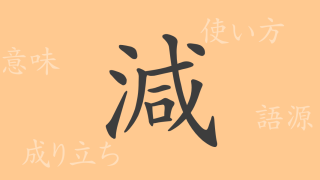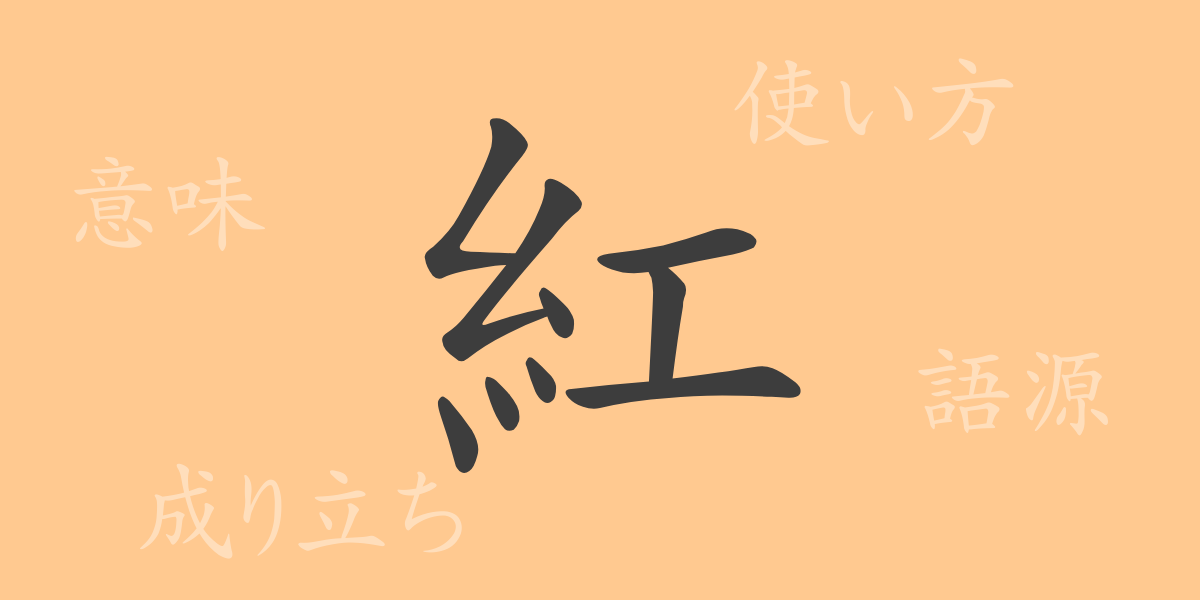Japan’s four seasons are renowned for their vibrant colors, and among them, “紅(こう)” holds a special significance. This single character doesn’t just denote a color but also embodies the sentiments and reverence for nature inherent in the Japanese spirit. In this article, we will explore the charm of “紅(こう),” delving into its origins, meanings, usage, readings, stroke count, and the idioms and expressions it forms.
Origin of 紅(こう)
The kanji “紅(こう)” has been used in China since ancient times, originally referring to a deep red dye. This dye was often derived from the plant “紅花(べにばな)” (safflower), and its beauty led to the word being used to denote the color itself. In Japan, it appeared in literature from the Heian period and has been cherished as a noble color ever since.
Meaning and Usage of 紅(こう)
Primarily, “紅(こう)” means a deep red color, but it also symbolizes the beauty of nature and the changing seasons. For example, “紅葉(こうよう)” refers to the autumn leaves, a beloved seasonal sight in Japan, frequently mentioned in poetry and literature. Additionally, “紅(こう)” represents passion, vitality, and brilliance, often used to describe emotions and states of being.
Readings, Stroke Count, and Radical of 紅(こう)
The kanji “紅(こう)” is deeply ingrained in Japanese culture due to its rich meaning and shape.
- Readings: The on-yomi (Chinese reading) is “コウ(こう),” and the kun-yomi (Japanese reading) are “べに(beni)” and “くれない(kurenai).”
- Stroke Count: “紅(こう)” is composed of 9 strokes.
- Radical: The radical is 糸部(いとへん), related to thread or silk.
Idioms, Phrases, and Proverbs Using 紅(こう)
Expressions containing “紅(こう)” showcase the richness of the Japanese language’s color imagery. For instance, “紅梅白梅(こうばいはくばい)” refers to red and white plum blossoms, indicating that beauty is valuable regardless of color. “紅一点(こういってん)” describes a single woman among many men, highlighting her uniqueness. Additionally, “紅蓮(ぐれん)” signifies a blazing red, symbolizing intense passion or love.
Conclusion on 紅(こう)
The kanji “紅(こう)” is not just a color but a representation of Japanese aesthetics, emotions, and reverence for nature. Its deep red hue plays a crucial role in Japan’s traditions and culture, influencing countless poems and literary works. As time goes on, “紅(こう)” will continue to enrich the Japanese language with its beauty and depth.

























